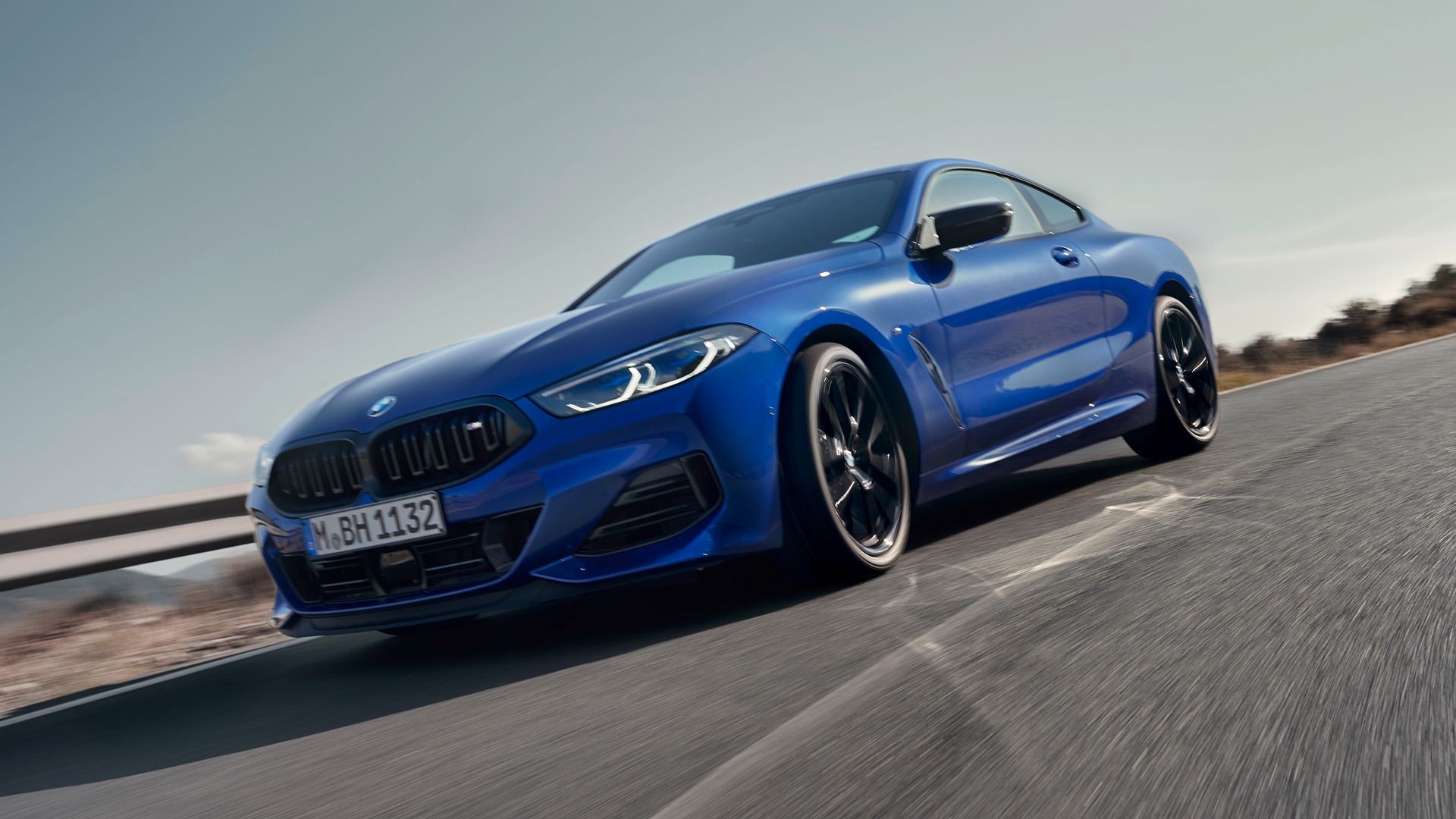Key Takeaways
- The BMW M5’s weight is necessary due to a choice between premature all-electric or PHEV technology.
- The PHEV system combines classic V8 properties with real electric power, offering 43 miles of range.
- M5 CS is neither ruled out nor confirmed.
CarBuzz had the opportunity to sit down with BMW M boss Frank van Meel at the Goodwood Festival of Speed this week, and he suggested that the obscene weight figure of the new M5 was absolutely necessary. Without fitting the plug-in hybrid system from the XM, the M5 may not even have existed; the only alternative would have been an all-electric EV, and as he’s said before, high-performance mass-market EV technology “is not yet ready” for what BMW M requires.
“[An electric M5] needs more than just batteries. You need the whole architecture, the electronics, the high-voltage system… So this was actually the best that we could do right now.”
– Frank van Meel, Head of BMW M
Van Meel’s comments suggest that BMW M only had a choice between either a premature all-electric powertrain or the plug-in hybrid option, and he argues that the latter “is still the best because it combines the classic V8 properties with a real plug-in hybrid system.” This offers only 43 miles of range, but that’s enough for most daily commutes.
Still A True M5?
We asked van Meel if this still feels like an M5 when driving in all-electric mode, to which he enthusiastically responded in the affirmative. He supported his answer by saying that the sound doesn’t change whether you’re in hybrid or EV mode, claiming “You don’t notice the difference,” but we’ll reserve judgment until we’ve had a chance to get behind the wheel ourselves.

Add CarBuzz to your Google News feed.
“It’s the perfect combination of adrenaline-fueled driving dynamics and sophisticated everyday use,” says the M boss, adding that this G90 model was developed under the motto of “Duality.” To that end, it couldn’t be a specialized product for those who don’t care about inner-city emissions rules and their associated taxes. Therefore, BMW aimed for a WLTP-rated CO2 figure of 50g/km, as this falls below certain tax thresholds in some countries. The only way to do that was to make it a PHEV, and as a result, the M5 can actually be cheaper to buy the M5 in some European countries than the much smaller and lighter BMW M3.
Could An M5 CS Be Lighter?
Battery technology is progressing at a remarkable rate. Rimac has said it could make the Nevera even more astonishing if it started over with the same hardware using the lessons it has learned since the inception of development, and McLaren has redeveloped the battery in the P1 hypercar for more performance. With those examples cited, we asked van Meel if there was a possibility that a future CS variant of the M5 could adopt a lighter battery. Instead of addressing our attempt to confirm the development of a G90 M5 CS, van Meel spoke only of the importance of a good all-electric driving range to maintain the car’s duality. Fair enough, so what about an S58 PHEV? “Well, we’ll see,” said the M exec. While van Meel reiterated that current engines are being redeveloped to meet incoming EU emissions regulations, he pointed out that the straight-six engine’s length (greater than that of a V8) makes such a setup more challenging. The future of BMW M is unclear, but it seems that we should prepare for more electrification and certainly more weight, particularly for larger cars.

Related
Now Is The Best Time To Buy A 2025 BMW M8 Or 8 Series
BMW has already introduced discounts for the 2025 8 Series and its high-performance M8 sibling, potentially signaling the looming end of the 8er.
#Overweight


